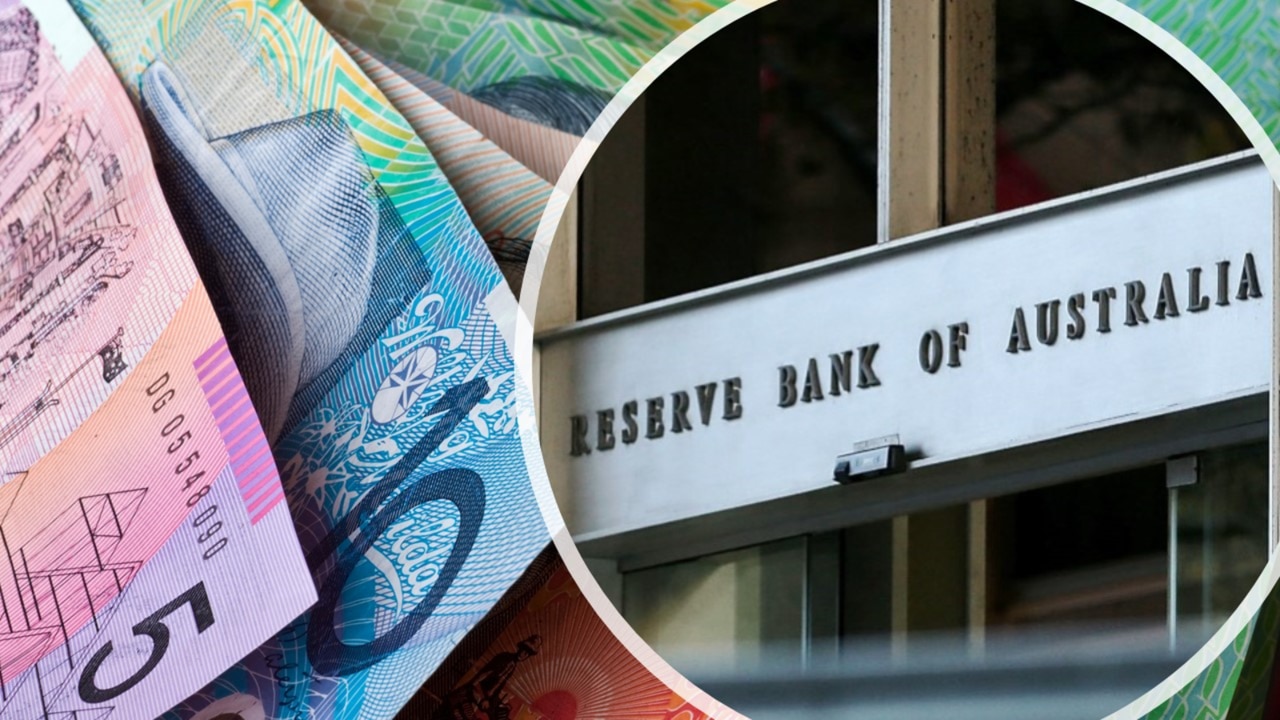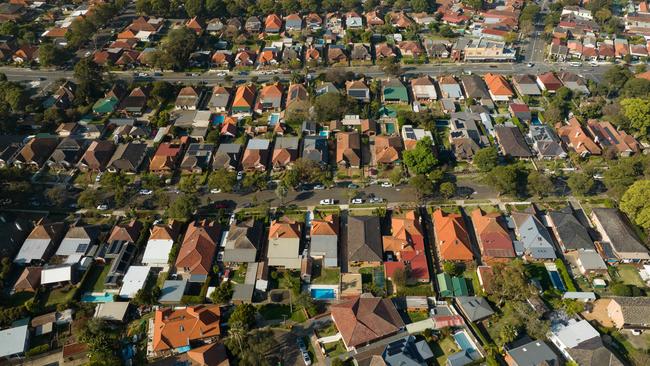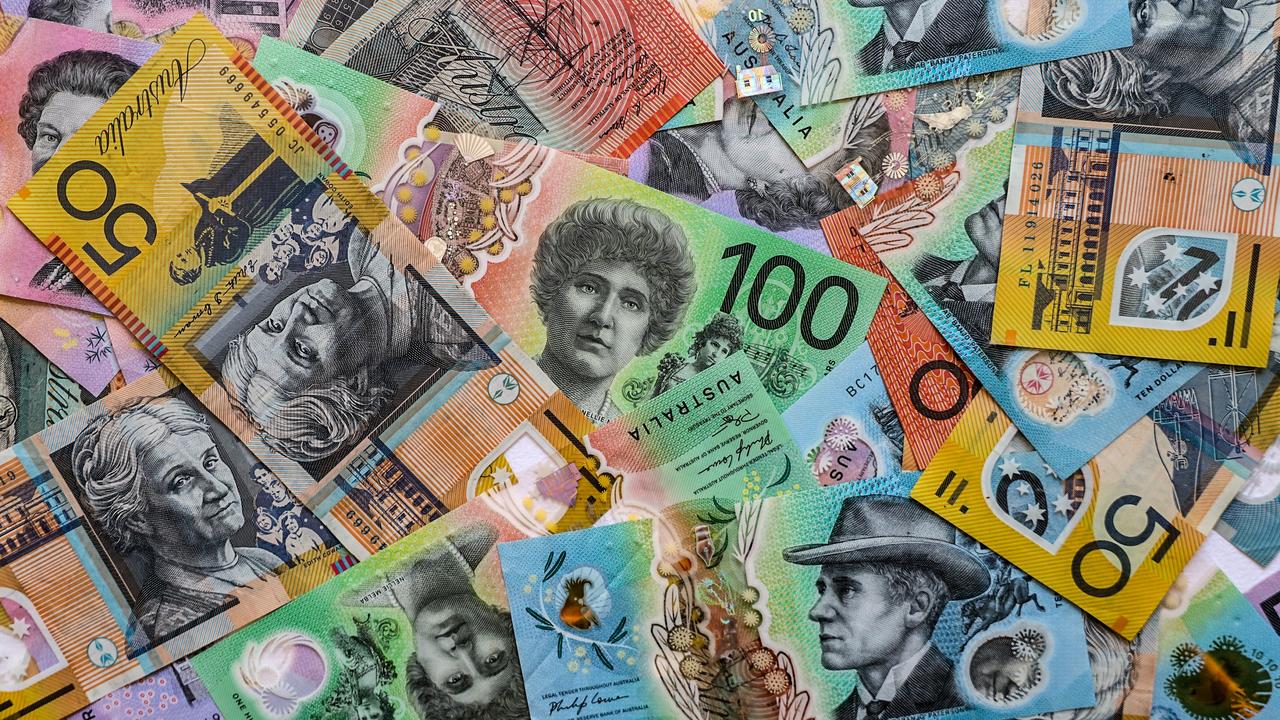Economists split over February meeting, expected interest rate relief
Even as cooling inflation data suggests less pressure on the central bank to tighten further, economists are at odds on its next move.

Interest Rates
Don't miss out on the headlines from Interest Rates. Followed categories will be added to My News.
Economists remain divided over the Reserve Bank’s next move on interest rates.
Since May 2022, the RBA has embarked on its most aggressive tightening cycles since the 1980s, increasing the official cash rate 13 times from a record low of 0.1 per cent to its current level of 4.35 per cent as it works to battle persistent inflationary pressures – currently at 4.9 per cent on latest measures – across the economy.
But analysts are at odds over where the central bank will move next and when household borrowers and small businesses can expect much-needed relief in the form of interest rate cuts.
NAB chief economist Alan Oster said the central bank would be guided by the data, particularly quarterly inflation numbers, but would likely hike at its next meeting due to stickier service prices before cuts began in November.
“We continue to pencil in one final hike in February, taking the cash rate to a peak of 4.6 per cent and staying there until late 2024,” Mr Oster said.
ANZ economists said rates had likely peaked and central bank governor Michele Bullock would hold off on any more increases to the cash rate during its current tightening cycle.
“The Reserve Bank will keep rates on hold through to November. And that will be the beginning of what I would describe as a modest and shallow easing cycle,” senior economist Adelaide Timbrell said.
Despite stronger services prices, Ms Timbrell said, the impact of the RBA’s previous rate hikes would be enough to curtail ongoing inflationary pressures.
“There are long and variable lags of monetary policy, so one rate hike isn’t going to make a difference straightaway,” Ms Timbrell added.
“We’ve got these huge amount of rate hikes that happened through 2022 and 2023 and we think those in aggregate will be enough, and the flow-on effects will be enough, to get inflation down.”
Minutes of the RBA’s most recent meeting in early December noted that any further tightening would be dependent on whether incoming data would “alter the economic outlook and the evolving assessment of risks”.
“In making its decisions, the board will continue to pay close attention to developments in the global economy, trends in domestic demand, and the outlook for inflation and the labour market,” the minutes read.

Fresh monthly inflation data, set for release on January 10, followed by a full quarterly update on the 31st, will provide further clues as to whether the RBA has done enough to tame persistent price pressures.
Experts at odds over rate cut calls
Commonwealth Bank economists expect the RBA will lower the cash rate from September, with 75 basis points of cuts forecast at the RBA’s final three meetings of 2024.
The bank’s chief economist Stephen Halmarick also anticipates the annual inflation rate to decelerate to 3 per cent by the end of the year, well ahead of the RBAs forecast of 3.5 per cent.
But independent economist Saul Eslake said he would be surprised if the RBA began rate cuts as soon as September as the CBA had forecast.
“It’s not impossible, but inflation would need to fall more quickly than the Reserve Bank and even Treasury are currently forecasting for the Reserve Bank to be moving that soon,” Mr Eslake said.
Mr Eslake said he expected the majority of households could also expect to benefit from the stage 3 tax cuts.
“That’s something that is obviously included in the Reserve Bank’s thinking as well … it means there’s less pressure on them to act as soon as some economists are now forecasting,” he added.
While many economists don’t expect the central bank to start easing interest rates until September, money markets’ pricing for rate cuts are far less conservative.
Bond traders are implying a less than 5 per cent chance that the RBA will raise the cash rate at its first decision for 2024, scheduled for February 6.
But by its March meeting, markets are pricing a 20 per cent chance of a cut. A 25 basis point cut is fully priced for the RBA’s June meeting.
In early December, Treasurer Jim Chalmers instructed the RBA to target the middle of its 2 to 3 per cent inflation target band, or 2.5 per cent, as opposed to within the band.
Originally published as Economists split over February meeting, expected interest rate relief


